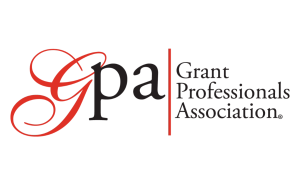Interest in best practices, proven approaches, and research-based approaches is understandable. No one wants to spend limited grant money recreating broken wheels or building new programs that do not produce results. When addressing a community need for which there is a veritable shopping list of proven approaches, your organization will be expected to include those that are most relevant in the program plan.
“The idea is to build on what works,” said Barbara Floersch, grants expert and author of You Have a Hammer: Building Grant Proposals for Social Change. “To move your field forward, it’s important to understand what has been tried, what has succeeded, and what has not.”
There are numerous approaches for staying on top of the latest developments in your field. Professional associations and journals publish research and evaluation findings, and conferences offer opportunities to hear from those working on the cutting edge of a topic area. The internet puts the latest research at your fingertips, although some especially helpful sites require paid subscriptions.
Among the most helpful resources are the information repositories maintained by federal agencies which catalog, review, and disseminate information on evidence-based programming. For example, the U.S. Department of Health and Human Services maintains multiple clearinghouses on topics such as Pathways to Work, Home Visiting, and the Evidence-Based Practices Resource Center related to substance abuse and mental health services. The Office of Juvenile Justice and Delinquency Preventions maintains a Model Programs Guide and AmeriCorps maintains an Evidence Exchange. The Department of Labor maintains a Clearinghouse for Labor Evaluation and Research. Among the oldest repositories is the What Works Clearinghouse maintained by the Institute of Educational Services. “There is a wealth of information to guide program planning ,” said Floersch. “Go to the federal websites of agencies engaged in your issue area and search for information on evidence-based approaches.”
While modifications and tweaks may be required to be sure an evidence-based approach fits the specific scenario in your community, it is important to stick as close to the original, proven approach as possible. If you believe significant adjustments are required, consider contacting an expert who can guide you in designing modifications that are most likely to produce results.
“To innovate effectively and move the field forward, organizations must understand how new ideas and approaches fit within, build on, or enhance what has already been proven to work,” said Floersch. “Why start at square one when you could jump lightyears ahead by exploring best practices?” © copyright 2022, Barbara Floersch











